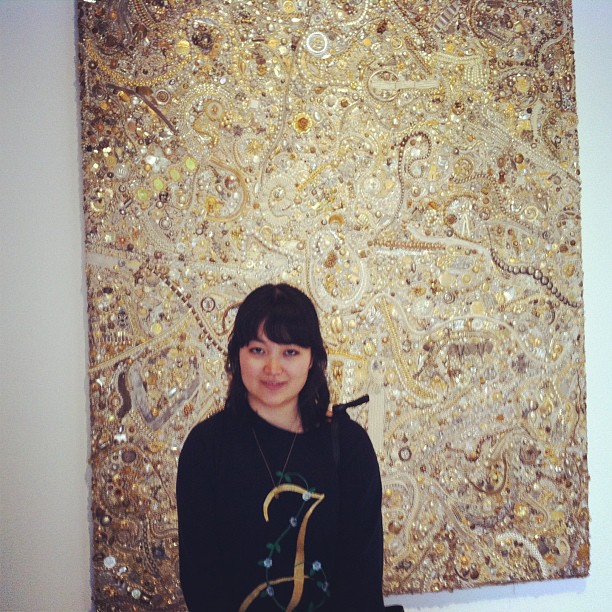Welcome to STET! So glad you’re here. This “One Question” series is where we ask some of our favorite writers and publishing professionals—journalists, bloggers, songwriters, editors, novelists, screenwriters, and so on—about any kind of written piece that has changed the way they think about their own line of work and why. Feel free to send “One Question” requests at info[at]stetmag.com. Hope you enjoy! We’ll go first…
What one piece of writing has changed the way you think about your own work?
Often times when you take a fiction class at college (in my case, it was at Emerson), you’re mainly learning how to be a short story reader and writer. Treading through previously unexplored literary territory (I had mainly read novels until that point), I was introduced to a whole eye-opening world of incredible short story writers during my formative higher ed years—Mary Gaitskill, Lorrie Moore, Raymond Carver, Amy Hempel, Aimee Bender, Dennis Cooper—I mean, the list goes on. But one particular story started it all: John Updike’s “A&P.”
“A&P” was originally published in 1961 but it remains an evergreen piece, one that won’t ever feel dated. It felt contemporary and relevant back in freshman year in 2004, and will continue to carry on gracefully for generations. Not only did the story speak to me directly as a person who’s held her fair share of crappy teenage suburban summer jobs, but it was also one of the first times I thought to myself, “Okay, so here is the difference between YA writing vs. writing about young adults. Think about the kind of writer you’d like to be, and how to achieve that.” Updike was a master of his craft and he left behind a whole family of coming-of-age characters so incredibly vulnerable and rich (Rabbit Angstrom would be his most defining) that I secretly hope they all found what they were each looking for, even long after the last page had been read.
“A&P” is a brief moment spent with a rather pathetic teen at his supermarket job over the course of several minutes. What happens is a sudden series of events that occur surprisingly during a stale and unwavering summer haze. What a setting! What a pace! The piece is hilarious, hormonal, and humiliating all at once. What more could you ask for? In many of my short story assignments after that, I began my practice of writing about young protagonists through an Updike-ian lens. There were a lot of techniques I wanted to learn about that maneuver: what kind of narration to use (first or third person?), what should their “life lessons” be, however big or small, and how will they be learned (in present-day or reflected upon as an older self?), and should dialogue be written authentically with colloquial slang and jargon? Still working out a lot of these questions. But like seeing an old friend, John Updike’s “A&P” is still one of the best point of references I keep revisiting.![]()
